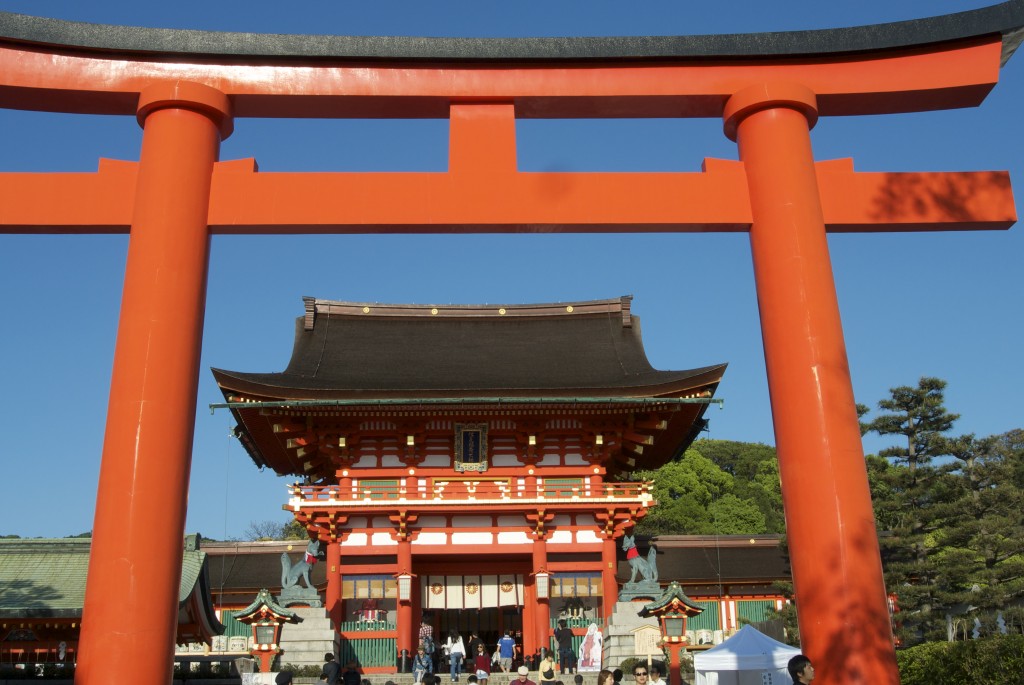Postscript, and good news!
Since writing about Oiwa Jinja in June 2015, reports have come in that the shrine has been tidied up. So with the promise of spring in the air, Green Shinto set out to take a look. … Read the rest
Postscript, and good news!
Since writing about Oiwa Jinja in June 2015, reports have come in that the shrine has been tidied up. So with the promise of spring in the air, Green Shinto set out to take a look. … Read the rest

With the cessation of tourism due to the Corona virus, Kyoto has taken on a very different atmosphere. This is apparent in … Read the rest

The following is excerpted from a translation of the sixth chapter of Bruno Lewin s Aya und Hata Bevolkerungsgruppen Altjapans kontinentaler … Read the rest
In 1955, a divine message was sent from the fox spirit to a local resident of Nagato, Yamaguchi Prefecture. He was told to build a shrine on the picturesque cliffs where he went fishing.
Kyoto is blessed with Setsubun events, and so far I’ve done the rounds at Yasaka, Yoshida, Shogo-in, Heian Jingu, Rozan-ji, and Mibu-dera. This year I thought I’d try Fushimi Inari (next year it will be Matsuo Taisha).
Unlike other places, … Read the rest
It’s some time since I visited Fushimi Inari, for much as I love it the tourist hordes of recent times are rather off-putting. But when Izumi Hasegawa, priestess of Matsue City’s Shusse Inari, invited me to join her on a … Read the rest
Green Shinto has covered the current boom in ‘power spots’ on several occasions, and an overview of how, when and why it developed can be found in a previous posting here. Tokyo Daijingu is Kanto’s most famous example, though … Read the rest
© 2025 Green Shinto
Theme by Anders Norén — Up ↑